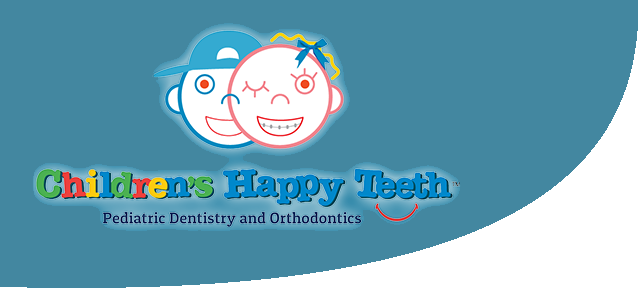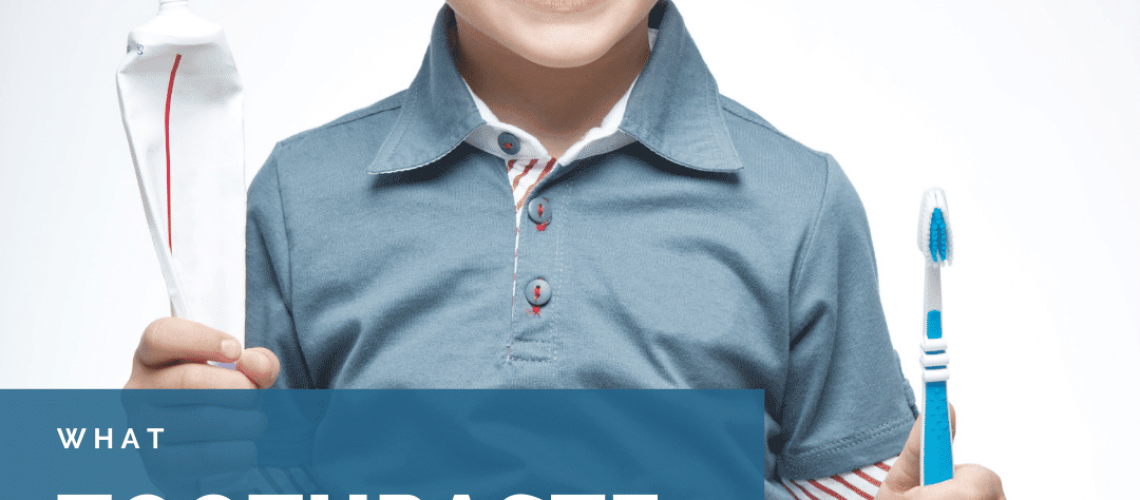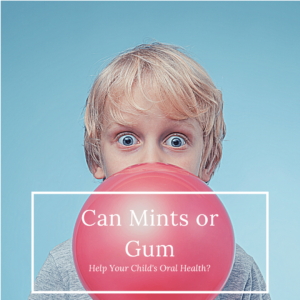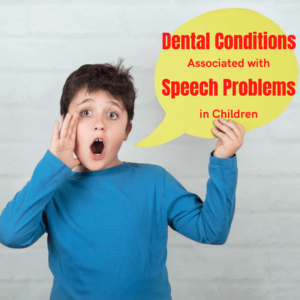Have you ever found yourself staring at an array of toothpaste brands trying to decide which to buy for your child? You are not alone. In fact, many parents struggle with trying to pick out an ideal toothpaste for their child simply because of the sheer volume available. When it comes to picking the right toothpaste for your child, having a little toothpaste knowledge goes a long way.
One of the first things you should know about toothpaste is what’s in it. Knowing what ingredients to look for and what these ingredients do can help you when selecting the right toothpaste for your child’s oral health needs. Just about every type of toothpaste is composed of a few key ingredients including:

- Mild abrasives such as calcium carbonate, hydrated aluminum oxides, dehydrated silica gels, magnesium carbonate, phosphate salts, and/or silicates. These abrasives are used to help remove stains and debris from the surface of the teeth.
- Humectants such as glycerol, propylene glycol, and sorbitol are used to preserve the moisture content of toothpaste.
- Flavoring agents such as non-caloric saccharin are used to make toothpaste taste a certain way.
- Thickening agents such as mineral colloids, natural gums, seaweed colloids, or synthetic cellulose are used to stabilize the formula,
- Detergents such as sodium lauryl sulfate or sodium N-lauroyl sarcosinate initiate the foaming phenomenon needed to spread the toothpaste around your teeth.
- Water, which makes up about 20-42% of toothpaste’s structure
In addition to the aforementioned key ingredients, toothpastes can also have additional ingredients. When additional ingredients are added, they are generally used for a specific purpose or to achieve a specific oral health goal. These additional ingredients can include:
- Fluoride, which prevents cavities by strengthening the tooth enamel.
- Whiteners, such as hydrogen or carbamide peroxide, to remove surface stains.
- Desensitizers, such as potassium nitrate or strontium chloride, to reduce tooth sensitivity.
- Tartar protection, such as pyrophosphates and zinc citrate, to prevent the accumulation of tartar on the surface of the teeth.
When it comes to picking a toothpaste for your child, the American Dental Association recommends using toothpaste that contains fluoride in order to protect against tooth decay. It is also recommended to avoid using toothpastes that can be harsh on the enamel, such as those containing whiteners or multiple abrasive ingredients, since these can damage the enamel. Toothpastes that protect against tartar are also recommended, since preventing tartar accumulation can prevent tooth decay and gum disease. Finally, many pediatric dentists recommend avoiding mint flavored toothpastes since many children don’t like them. Instead, opt for one that is bubblegum or fruit flavored.
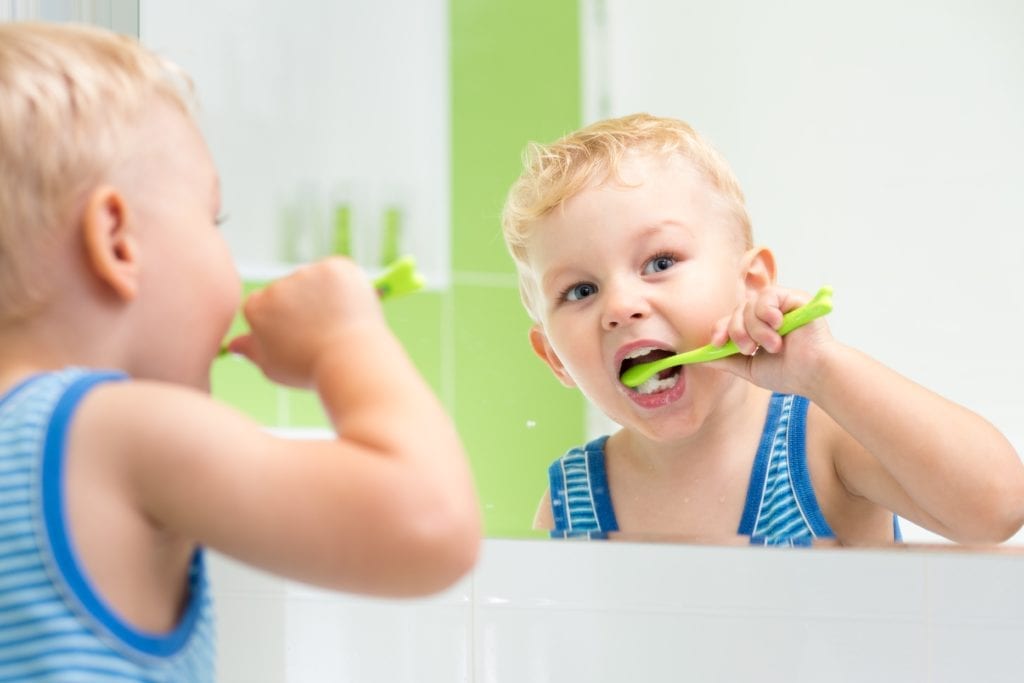
If you are ever doubting your toothpaste choice, an easy way to determine whether or not to buy is to look for the American Dental Association Seal of Approval. Toothpastes that have this seal on their packaging have been approved as being safe and effective for their intended purpose. In fact, any toothpaste you buy for your child should have the ADA seal of approval in order to make sure the toothpaste will benefit their oral health.
In addition to using the proper toothpaste, you will also need to make sure you are helping your child use toothpaste correctly. For starters, your child should never swallow toothpaste because it can upset their stomach. Next, you should abide by the ADA guidelines for age-based portions. The ADA recommends that all children under the age of three should brush twice a day with a tiny amount of fluoride toothpaste that is no larger than a grain of rice. Children ages three and older should brush their teeth twice a day using a pea-sized amount of toothpaste.
